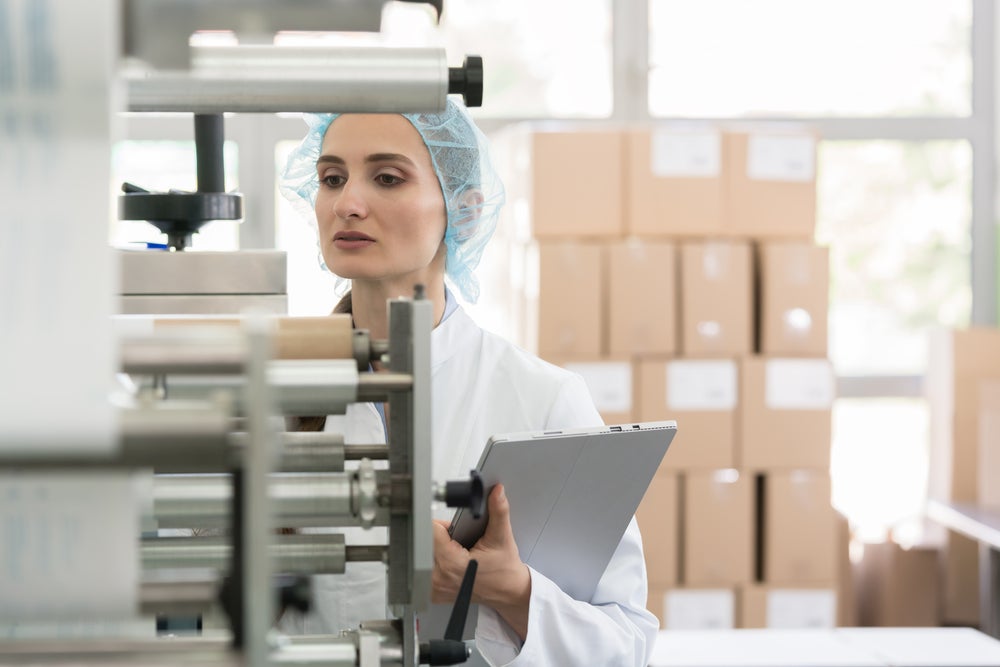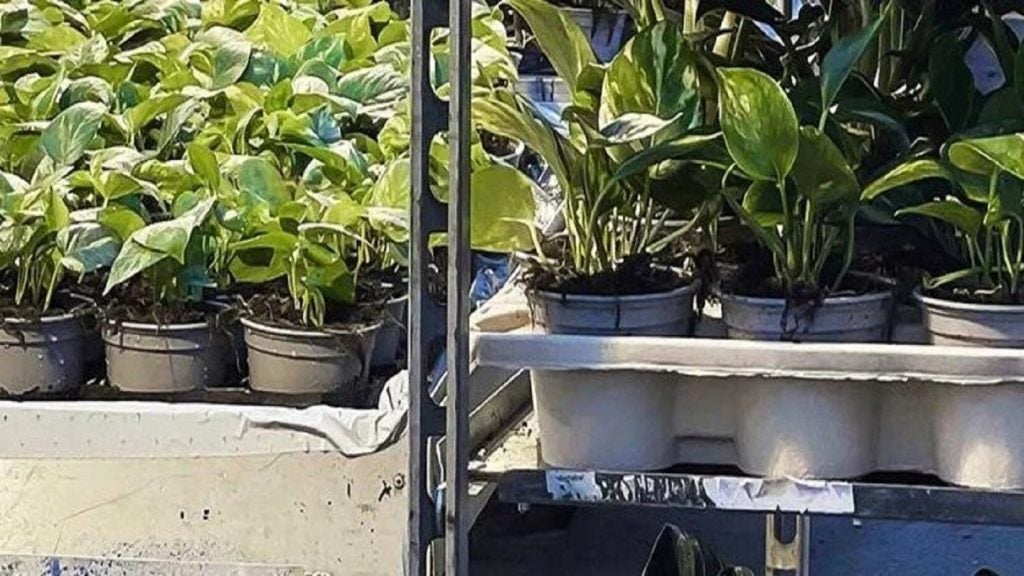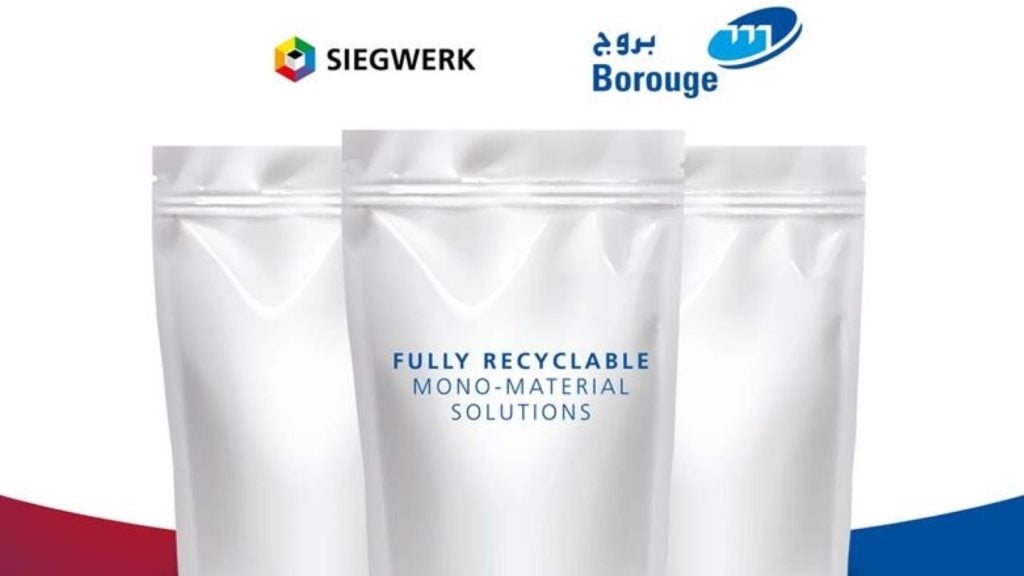
Environmental responsibility for the packaging sector is a tentative topic. Although the sheer scale of packaging used within the retail sector calls for a dramatic reduction, the consequences fall hard on the packaging manufacturers themselves.
But as common rhetoric puts an increasing amount of pressure on companies to make changes, and new industry action groups as well as the government release more guidelines, firms are finally investing in eco-focused research. There is now ample room and little excuse not to develop ways to become environmentally friendly.
Natural research
As its name suggests, Innovia Films has always kept a sharp eye on innovation, especially when it comes to the manufacturing of specialised films for use in the food packaging sector. The UK-based company made its name in the development, production and coating of biaxially-oriented polypropylene and cellulose films and in 2003, launched NatureFlex, a range of films based on renewable resources such as wood-pulp from managed plantations, that use novel heat-seal resins on each side.
Entering its fifth year, the product range has taken significant strides towards the realms of waste management, particular by gearing the line towards compostable packaging materials. Innovia Films’ global marketing manager for sustainable technology, Andy Sweetman, says the product has evolved substantially in recent years.
“We brought the first product onto the market in 2003, which was compostable and largely renewable. The materials used then tended to be relatively permeable to moisture, so in order to increase the range of packaging applications that could be served by these materials, we needed to develop reinforcing barriers. Once done, this enabled us to pack dryer products then we would have otherwise been able to do,” explains Sweetman.
See Also:
“We had further product launches at the start of this year, which are so-called high barrier materials that still retain levels of renewability and compostability. From an environmental and waste management perspective, NatureFlex is our highest profile offering,” he adds.
How well do you really know your competitors?
Access the most comprehensive Company Profiles on the market, powered by GlobalData. Save hours of research. Gain competitive edge.

Thank you!
Your download email will arrive shortly
Not ready to buy yet? Download a free sample
We are confident about the unique quality of our Company Profiles. However, we want you to make the most beneficial decision for your business, so we offer a free sample that you can download by submitting the below form
By GlobalDataResponsible for the development of such films is a 60-strong research team located in the heart of Cumbria. But, as Sweetman points out, the main challenge the team faces is far from simple – ultimately they are trying to develop ways of using compostable materials which are fundamentally permeable, within an impermeable context. “So the challenge is to take the raw materials available to us and develop barrier properties,” says Sweetman.
He adds: “Later this year we will be launching materials with much improved moisture barrier characteristics. When the new materials are launched we will be edging towards having most areas of the industry covered.”
Organic approach
As the NatureFlex range lies within the food produce and hygiene markets it is perhaps not surprising that organic and natural products such as fruits and vegetables have been first to adopt this organic form of packaging. Sweetman identifies a desire from the producers to effectively try and make the wrapping match the profile of their own product. He does concede, however, that while the packaging may flourish in this sector, it may take a while for it to be taken up in other areas.
“For the moment, the materials will stay within the natural and organic niche as there is still a lot of growth to happen in that area for us. Then it will evolve to premium products, but I think in terms of the whole sector, it will be sometime yet before NatureFlex becomes mainstream commodity food packaging,” says Sweetman.
“The selling points are the range of different barrier properties we can offer. The fact that the materials are home compostable, while many other on the market are not, is a huge advantage particularly within the UK market.
“We have been involved in the food packaging sector for many years now and we have clear targets, we know where the technical barriers lie as well as how we can access the right materials and formulate them in order to achieve the right properties,” he adds.
One step forward
Innovia Films is also one of an increasing amount of packaging manufacturers engaging in carbon footprint schemes. All of its NatureFlex materials are carbon zero from point of sale through its participation in several schemes such as a reforestation programme in Cumbria and a project that helps supply solar ovens to East African communities to reduce the need for chopping down local trees.
According to Beverley Parrish, associate director at WSP Environmental, the reasons for investing in a carbon footprint scheme are proving ever more relevant for the packaging, food and retail sectors. “Once a company understands its carbon footprint, it can then work towards reducing it. The advantage of that is you are using less carbon and usually this entails reducing the energy put into that product which saves money,” says Parrish.
“We advise our clients on the environment and how they can approach the subject. Some are food manufacturers and consequently the issue surrounding packaging is key for them. For example, if we are carbon footprinting a product, we would also have to work out the carbon footprint of the packaging,” she adds.
Offering expertise on energy reduction management and carbon management strategies, WSP has created a number of unique support tools for its various clients. One recent case was a company that introduced an online tool that benchmarks different packaging formats, assessing environmental impacts and recycling capability. In essence, the company’s Packaging Impact Quick Evaluation Tool (PIQET) can effectively calculate the most environmentally responsible choice for a product.
“We also recently worked with a major whiskey distilling business in Scotland where we introduced a calculator that could work out the carbon impact for its glass bottles. This allowed the company to work out how much of its carbon footprint was reduced when it altered the weight, gage and amount of recycled glass used in its glasses,” Parrish says.
Future thoughts
Largely dictating the pace of environmental responsibility within the packaging sectors is the drive from the consumers themselves. Parrish says that the ever-growing consumer interest in climate change in combination with the big power house supermarkets will push the pace of change down the supply chain.
“The government, through mechanisms such as the Carbon Trust and non-profit company WRAP, are launching new programmes designed at increasing the take-up of environmentally responsible practises. While a lot of companies are still paying just lip service to the idea, others have made real progress,” says Parrish.
She concludes: “There is now a huge amount out there. One of the things we are looking into is the idea of adaptation. In spite of our best efforts, climate change will take place over the next few decades and companies will have to adapt to those changes. There is already a policy framework in place for climate change adaptation for local authorities, but what are businesses doing about it?”






